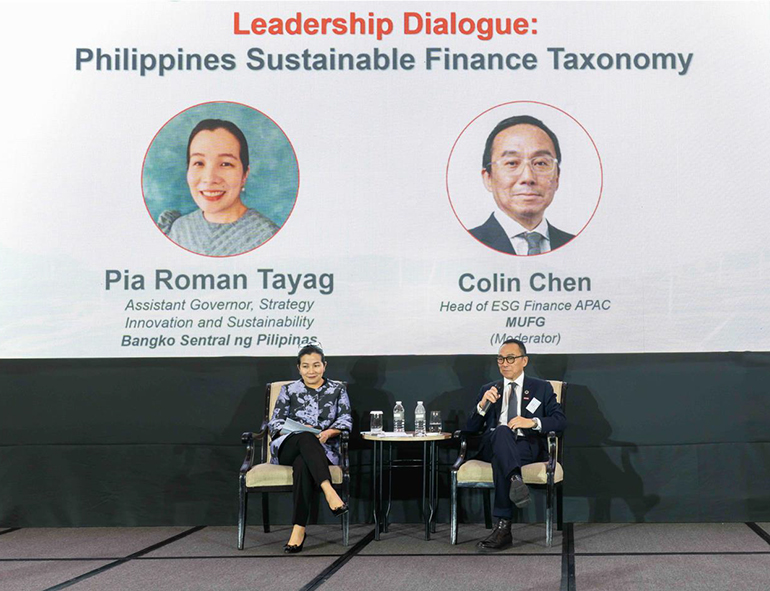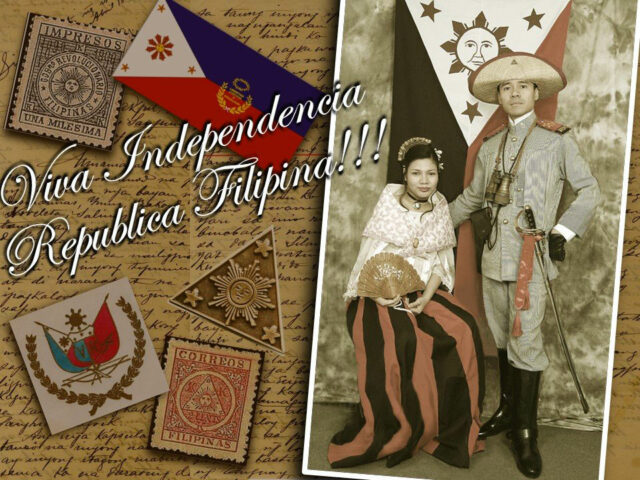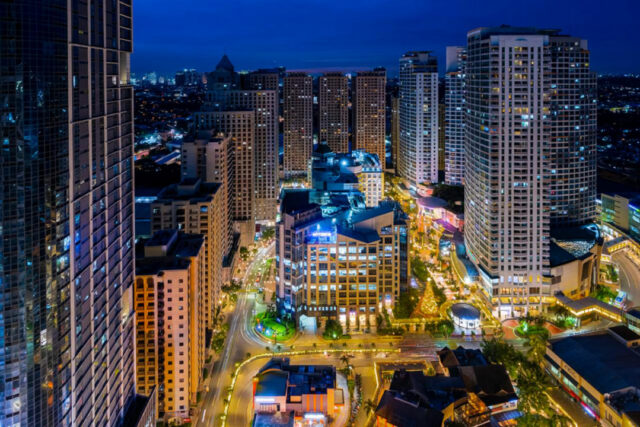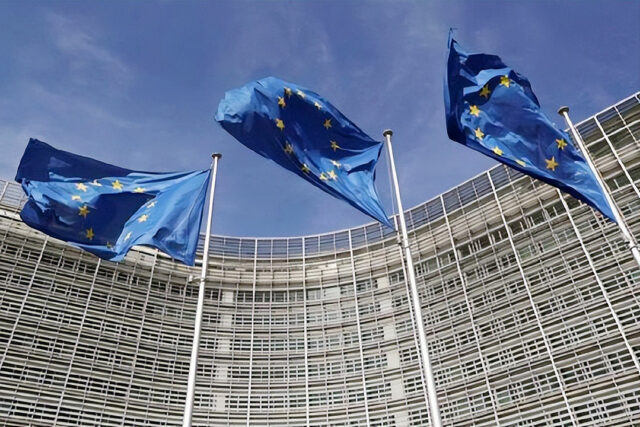Days like today, which marks our 127th year of independence, remind history enthusiasts like me of just how much we are missing in terms of insights from what our nation has undergone over centuries.
I have never known us to be a historically conscious people, and the advent and proliferation of revisionism and other forms of misinformation/disinformation on social media — increasingly the key source of information for far too many Pinoys — have only worsened ignorance about our past and its impact on our present and our future.
Even more fundamentally: education in history also hones the mind, instilling discipline in habitually verifying claims. At this point, I recall a recent legislative hearing wherein some high officials railed against the “weaponization” of social media, arguing in part that this trend risks dividing society. I get their point. But differences in opinion, no matter how divisive, are a key trait of democracy. What I take exception to is the proliferation and use (deliberate or otherwise) of false information (e.g., saying that we use water cannons against Chinese boats), because such misuse negates the spirit and purpose of any debate.
Hence the need to step up efforts to encourage ordinary folk to educate themselves more on this count — and to give them the opportunity and means to do so — in order to supplement what little knowledge on this matter that they get in school.
Thinkers and historians since the likes of Plutarch have used narrations on personalities to make it easier to understand abstract concepts like values and ethics. For cognitive psychologist Samuel S. Wineburg, for instance, “history holds the potential… of humanizing us in ways offered by few other areas in the school curriculum.
“By tying our own stories to those who have come before us, the past becomes a useful resource in our everyday life, an endless storehouse of raw materials to be shaped or bent to meet our present needs,” Mr. Wineburg wrote in his work, Historical Thinking And Other Unnatural Acts: Charting the Future of Teaching the Past.
NOT ENOUGH
To be sure, the promotion of exhibits at specific venues like the National Museum and the Museo BSP, as well as historical flicks like Heneral Luna in 2015 and GomBurZa in 2023 may somewhat help enhance patriotism and a sense of national identity among ordinary folk.
But such efforts have been too infrequent and too fragmented to make any lasting general impact.
Is there an interest in history among the public? Yes, there is, judging from the growth in the number of groups of history enthusiasts from just a handful in the 1990s, as well as their participation in local government ceremonies and anecdotes of interactions with bystanders during their activities.
But such curiosity has to be fostered.
Perhaps it’s time for more concerted moves here among the various government offices that are in charge of collecting, restoring, and preserving historical legacies, as well as disseminating information from/on these materials: the National Historical Commission of the Philippines, the National Museum, the Intramuros Administration, local governments, not to mention autonomous/independent efforts by various universities and private groups.
Maybe this is why many events and other initiatives of these varied entities have not drawn wider participation beyond scholars, academics, and enthusiasts.
Such concerted efforts should include greater, more skillful and regular use of social media which have become the primary source of information of majority of Filipinos. These contents aim both to announce and to drum up interest in attending/viewing events, as well as to regularly disseminate thought-provoking, curious, even amusing/entertaining tidbits of history which the public can easily digest, with links to full discussions of events and issues in other appropriate platforms for those interested in learning more.
Those involved in this effort can also turn to the use of comics to inform the youth (especially those out of school) and entice them to seek details from more informative sources.
NO LACK OF EXEMPLARS
Besides deeper dives (always presented in an attractive manner with effective visuals) into select works and ideas of standard sources like Jose Rizal, Andres Bonifacio, Emilio Aguinaldo, Emilio Jacinto, Apolinario Mabini, Marcelo del Pilar, Graciano Lopez Jaena, etc., these efforts can also widen ordinary Filipinos’ grasp of the past by offering information on less-well known historical figures.
Just to give you an idea, take for instance:
Artemio “Vibora” (Viper) Ricarte — One of the last generals of the First Philippine Republic under Emilio Aguinaldo to be captured by US forces, he refused to take the oath of allegiance to the new colonial master. He threw in his lot with Japan, which had emerged as a regional power after it defeated Imperial Russia in 1905 and had been sympathetic to the Philippine war against the United States. He returned to the Philippines in the company of the Japanese invaders in 1941 (dressed, according to one photo, as a Japanese general), refused to flee his homeland with the retreating Japanese forces towards the end of World War II, and died in Ifugao province in July 1945.
Manuel Bernardo Guillermo Sityar — A mestizo lieutenant of the Guardia Civil who reported the existence of suspected rebels in San Juan del Monte and Mandaluyong in mid-1896, he defected to Aquinaldo’s side in May 1898 (it is not clear to me if Rizal’s death on Dec. 30, 1896 had anything to do with that), became the director of the Philippines’ first military academy (Academia Militar de Malolos), represented Laguna with three others in the Malolos Congress, surrendered to the Americans in 1899, and died in December 1927.
Maria Y. Orosa — A US-educated (University of Washington, 1921) chemist, food technologist, and pharmacist, she declined a job offer from Washington State, got jobs at the Food Preservation Division of the Philippine Bureau of Science and at the Central Escolar University in 1922, and headed the Plant Utilization Division of the government’s Bureau of Plant Industry in 1934. She developed ways to preserve local foods in order to help households cut reliance on imports. Her inventions included soyalac (a drink made from soybeans); flour from cassava, green bananas, and coconuts; darak (rice flour high in Vitamin B-1), and banana catsup. She joined the resistance to the Japanese occupation, led students in preparing nutrient-rich rations for guerrillas, and smuggled food to prisoners at the Santo Tomas Internment Camp. She and several others were killed by an American bomb in February 1945. (https://www.nps.gov/articles/000/maria-ylagan-orosa.htm)
Gregorio G. Sancianco — An early advocate of economic reforms in the Philippines under Spain (in the late 1800s), his defense of natives against criticisms of indolence was cited by Rizal in his 1890 essay, “Sobre la indolencia de los filipinos.” Sancianco had joined youth reformist groups in the 1860s, had criticized the crown’s oppressive encomienda tribute system in his 1881 work, El Progreso de Filipinas, and was imprisoned after being falsely implicated with a local uprising in Pangasinan in 1884. In El Progreso, wherein he debunked the charge of indolence among natives, Sancianco blamed backwardness in the colony to Spain’s failure to provide basic public goods and services, e.g., justice, public works, and education. He blamed these flaws, in turn, on a lack of revenues due to an inefficient, racially biased fiscal system and prescribed corresponding reforms. He died in November 1897. (https://archium.ateneo.edu/cgi/viewcontent.cgi?article= 1020&context=history-faculty-pubs)
The 20 Women of Malolos, Bulacan — Now, who can forget this feisty bunch of young ladies who, in December 1888, boldly marched up to then Spanish Governor General Valeriano Weyler — who had a well-earned reputation for ruthlessness against uprisings of Tagalogs and Moros here, as well as later in Cuba — to ask for education in a night school? Weyler granted their petition, under certain conditions, which was reportedly thumbed down by the parish priest of Malolos. That school operated for just three months, but Rizal would write from Barcelona, Spain to praise these ladies in February 1889. They were: Elisea Tantoco Reyes, Juana Tantoco Reyes, Leoncia Santos Reyes, Olympia San Agustin Reyes, Rufina Reyes, Eugenia Mendoza Tanchangco, Aurea Mendoza Tanchangco, Basilia Villariño Tantoco, Teresa Tiongson Tantoco, Maria Tiongson Tantoco, Anastacia Maclang Tiongson, Basilia Reyes Tiongson, Paz Reyes Tiongson, Aleja Reyes Tiongson, Mercedes Reyes Tiongson, Agapita Reyes Tiongson, Filomena Oliveros Tiongson, Cecilia Oliveros Tiongson, Feliciana Oliveros Tiongson, and Alberta Santos Uitangcoy.
Bonifacio Mariano — This sharpshooter under Filipino General Licerio Geronimo felled US General Henry Lawton at the December 1899 Battle of San Mateo (trivia: Lawton — after whom Lawton Avenue took its name — who had such disregard for Filipino marksmanship that he reportedly ignored his officers’ counsel for him to dismount his horse amid the battle, had been credited as a young captain for the surrender of the legendary Apache leader Geronimo). A street in San Mateo is now named Bonifacio Mariano.
Any of these lives is interesting enough for further research and as subjects for later films, don’t you think? And to think this is just a small sample of the historical figures whose lives are worth digging into and using to educate and motivate the public.
There is no lack of such inspirations in our past. But the tedious task of sifting through abundant information, processing and then presenting them in ways that will attract attention and excite curiosity among a usually lukewarm audience… well, therein lies the trick.
Wilfredo G. Reyes was editor-in-chief of BusinessWorld from 2020 through 2023.



















